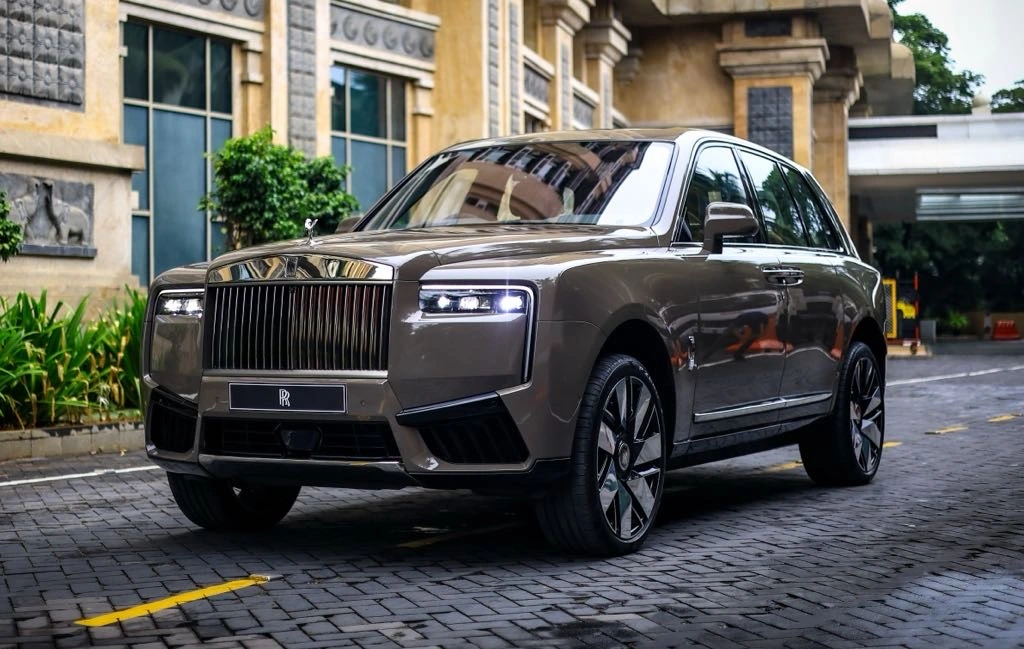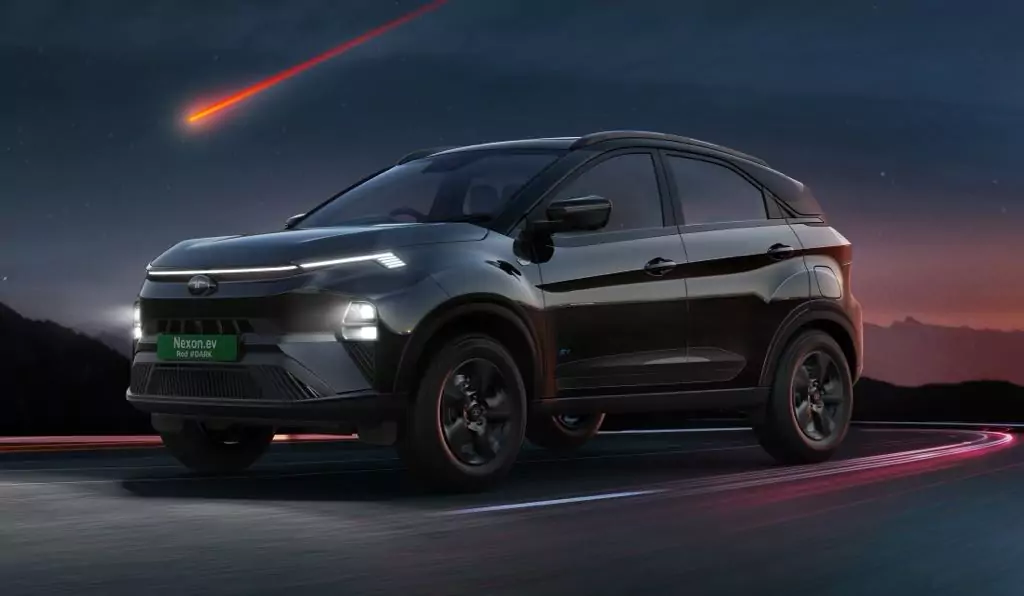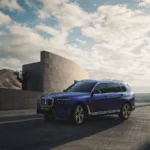Mercedes-Benz is making a significant shift in its strategy by phasing out the EQS nameplate and integrating its electric vehicles into the S-Class lineup. This move marks a departure from the controversial EQ sub-brand as Mercedes positions itself for the future, balancing both internal combustion engine (ICE) and electric vehicles (EVs) in its flagship sedan offerings.
Table of Contents
Two S-Classes: A New Strategy for 2030:
According to Mercedes-Benz CEO Ola Källenius, the company will soon offer two distinct versions of the S-Class: one powered by a traditional internal combustion engine and the other fully electric. This change is expected to take place with the next-generation S-Class, which is slated to arrive in 2030. The electric version will be built on Mercedes’ advanced MB.EA Large platform, while the ICE variant will continue to evolve from the current MRA architecture.
Retirement of the EQS and Redefining Luxury:
The retirement of the EQS nameplate signifies a broader shift in Mercedes’ branding strategy. By integrating the electric variant into the S-Class lineup, Mercedes aims to streamline its offerings and reduce the complexity of its brand architecture. This approach mirrors the strategy used for the electric G-Wagen, where the electric and ICE versions share similar styling but differ significantly in mechanical design. The EQS, currently the flagship of Mercedes’ electric lineup, will undergo a major overhaul before being fully integrated into the S-Class.

Upcoming Updates and Innovations:
Before the transition, Mercedes-Benz plans substantial updates to both the EQS and S-Class models in the coming years. In 2024, the EQS will receive an 800-volt drivetrain, improved battery chemistry, and new drive motors with a two-speed transmission, all aimed at enhancing charging speed, range, and top speed. Following this, in 2026, the S-Class will undergo a facelift, introducing updates such as refreshed styling, enhanced infotainment systems, and a mild-hybrid version of the 4.0-liter, twin-turbo V8 engine. SAE Level 3 hands-free driving assists will also become more widely available.
Market Performance and Strategic Rethink:
The decision to consolidate the EQS into the S-Class lineup comes amid underwhelming sales performance for both models. The EQS has struggled to capture a significant market share, and the S-Class has seen a 37 percent decline in sales during the first quarter of this year. These challenges, coupled with Mercedes’ EVs making up only 11 percent of global sales—falling short of the projected 20 percent—have prompted the company to reconsider its strategy. With ICE vehicles continuing to be the main revenue drivers, Mercedes-Benz is positioning itself to maintain a strong market presence while gradually shifting towards electrification.
Also Read: Mercedes GLC 350e 2025: Luxury SUV with Unmatched 54-Mile Electric Range
Final Takeaway:
Mercedes-Benz’s decision to replace the EQS with an electric S-Class is a strategic move that reflects the company’s evolving approach to luxury vehicles. By 2030, the iconic S-Class will offer both ICE and electric versions, catering to diverse customer preferences. This shift not only simplifies Mercedes’ lineup but also ensures that the brand remains competitive in a rapidly changing automotive landscape. As Mercedes continues to innovate and adapt, its flagship sedans are set to redefine luxury for the next generation.










